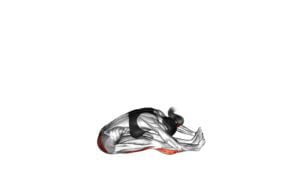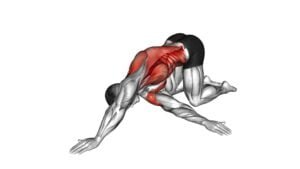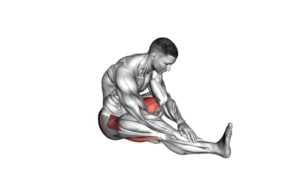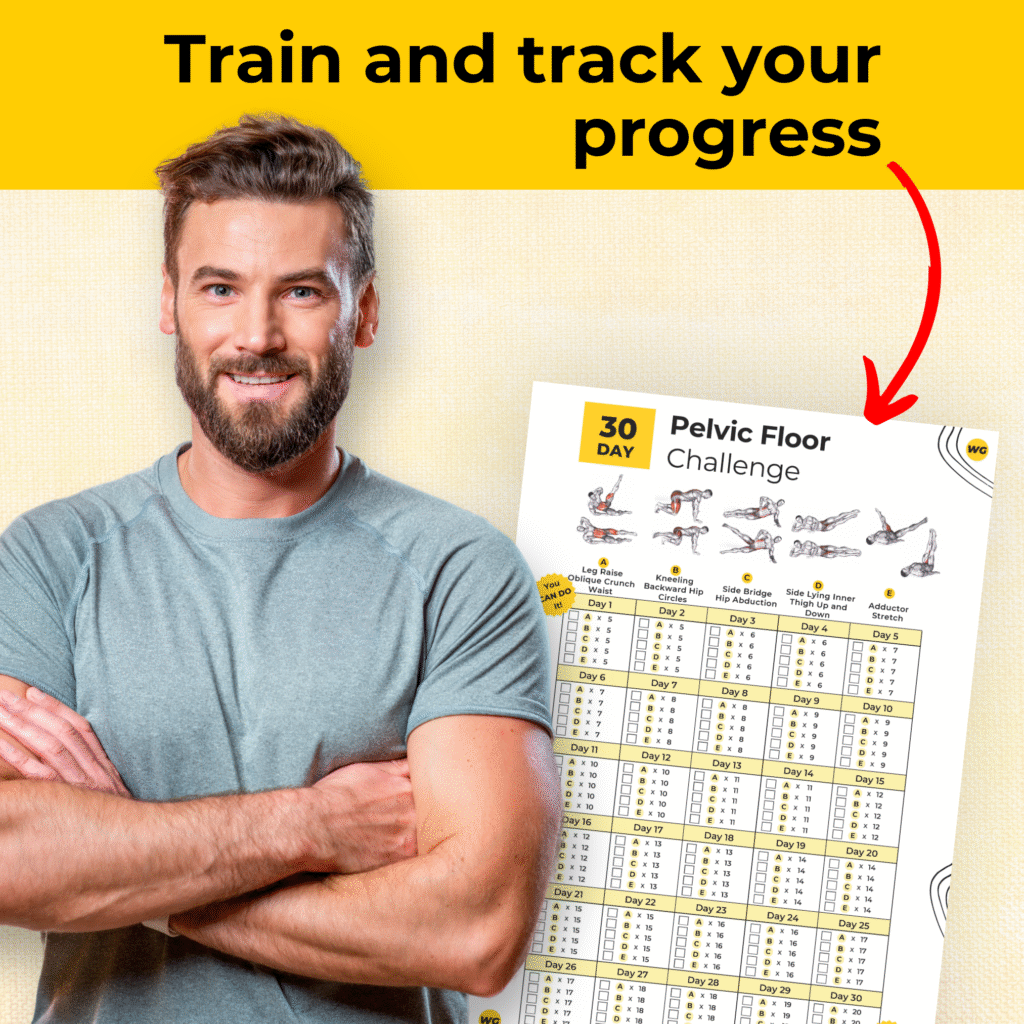Seated Forward Bend Yoga Pose – Video Exercise Guide & Tips

Are you looking to improve your flexibility and stretch out your hamstrings? Look no further than the Seated Forward Bend yoga pose.
Watch This Exercise Video
This video exercise guide will walk you through the steps, providing helpful tips and modifications along the way.
Avoid common mistakes and find out how to deepen your stretch with expert advice.
Get ready to feel more relaxed and limber with this invigorating yoga pose.
Key Takeaways
- Seated Forward Bend improves flexibility in hamstrings, lower back, and hips.
- It reduces the risk of injury during physical activities.
- The pose promotes relaxation and mental well-being.
- Modifications and props can be used to accommodate different flexibility levels and ensure proper alignment.
Benefits of Seated Forward Bend
To fully understand the benefits of the Seated Forward Bend, it's important for you to recognize how this yoga pose can positively impact your body and mind. One of the key benefits of the Seated Forward Bend is its ability to improve flexibility. This pose primarily targets the hamstrings, lower back, and hips, helping to increase their range of motion and flexibility over time. By regularly practicing this pose, you can gradually improve your flexibility and reduce the risk of injury during other physical activities.
Incorporating the Seated Forward Bend into your daily yoga routine is relatively simple. Start by sitting on the floor with your legs extended in front of you. Inhale deeply, lengthen your spine, and then exhale as you gently fold forward from the hips. Keep your back straight and reach towards your toes. If you're not able to reach your toes, you can use a strap or towel to assist you. Hold the pose for 30 seconds to a minute, breathing deeply and allowing your body to relax into the stretch.
Now that you understand the importance of flexibility in the Seated Forward Bend and how to incorporate it into your daily yoga routine, let's explore a step-by-step guide to mastering this pose.
Step-by-step Guide to Seated Forward Bend
To perform the Seated Forward Bend yoga pose, begin by sitting on the floor with your legs extended in front of you. This beginner-friendly seated forward bend is a great pose for stretching your hamstrings, back, and shoulders.
Here is a step-by-step guide to help you get into the pose correctly:
- Sit up tall: Start by sitting with a straight spine and engaging your core muscles. This will help you maintain proper alignment throughout the pose.
- Inhale and lengthen: Take a deep breath in and as you exhale, begin to hinge forward from your hips. Keep your spine long and avoid rounding your back.
- Reach for your feet: As you fold forward, reach for your feet with your hands. If you can't reach your feet, you can use a strap or bend your knees slightly.
- Relax and hold: Once you have reached your maximum stretch, relax your upper body and hold the pose for 30 seconds to a minute. Remember to breathe deeply and relax into the stretch.
Seated Forward Bend also has variations that you can explore as you become more comfortable with the pose. These variations include using props like blocks or blankets to support your stretch, or bending one knee while keeping the other leg extended. Experiment with these variations to find what works best for your body.
Modifications for Seated Forward Bend
Make the Seated Forward Bend yoga pose more accessible and comfortable for your body with these modifications.
One way to modify this pose is by using props. Props such as blocks or blankets can be placed under your sitting bones to elevate your hips. This helps to create more space in the hips and lower back, making it easier to fold forward.
Another modification is to bend your knees slightly. This can help to alleviate any discomfort or tightness in the hamstrings, allowing you to relax into the pose more comfortably. If you have tight hamstrings, you can also use a strap or a towel to hold onto your feet. This allows you to maintain the length in your spine while still getting the benefits of the pose.
Additionally, you can try different variations of the pose based on your flexibility level. For those with limited flexibility, you can keep a slight bend in your knees and focus on lengthening your spine. As you become more flexible, you can gradually straighten your legs and deepen the forward fold.
Common Mistakes to Avoid in Seated Forward Bend
Avoiding these common mistakes will help you get the most out of your Seated Forward Bend yoga pose. Here are four things to keep in mind to ensure you maintain proper alignment and avoid injuries:
- Rounded spine: One of the most common mistakes in Seated Forward Bend is rounding your spine instead of keeping it straight. This not only reduces the effectiveness of the stretch but also puts unnecessary strain on your back. Remember to lengthen your spine and engage your core to maintain a neutral position.
- Locked knees: Another mistake is locking your knees during the pose. This can lead to hyperextension and potential knee injuries. Instead, keep a slight bend in your knees to protect your joints and allow for a deeper stretch in your hamstrings.
- Overreaching: Trying to touch your toes or go beyond your current flexibility level might cause you to compromise your form and strain your muscles. Focus on lengthening your torso and reaching forward from your hips while keeping your back straight. Gradually, you'll be able to deepen the stretch without forcing it.
- Neglecting props: Props like blankets or blocks can be incredibly helpful in Seated Forward Bend. They provide support and help maintain proper alignment, especially if you have tight hamstrings or a limited range of motion. Don't hesitate to use them to enhance your practice and prevent injuries.
By avoiding these common mistakes and practicing with proper alignment, you'll maximize the benefits of Seated Forward Bend while minimizing the risk of injuries.
Now, let's move on to some tips for deepening your seated forward bend.
Tips for Deepening Your Seated Forward Bend
To deepen your Seated Forward Bend, try incorporating these tips into your practice.
Increasing flexibility is key to achieving a deeper stretch in this pose. Start by warming up your body with some gentle stretches before attempting the Seated Forward Bend. This will help to loosen up your muscles and prepare them for the deeper stretch.
As you move into the pose, focus on lengthening your spine and reaching forward with your chest. Engage your core and use your breath to deepen the stretch with each exhale.
Finding comfort in the pose is also important for deepening your Seated Forward Bend. To do this, you can use props such as blocks or blankets to support your body. Place the props under your knees or sit on a folded blanket to elevate your hips. This will help to alleviate any tension or discomfort in the lower back or hamstrings.
Remember to listen to your body and never push yourself too far. It's okay to stay at a comfortable depth and gradually work your way deeper over time.
Frequently Asked Questions
What Is the Best Time of Day to Practice Seated Forward Bend?
The best time to practice the seated forward bend is whenever it works best for you! The benefits of this pose aren't dependent on a specific time of day.
You can do it in the morning to energize your body and mind, or in the evening to unwind and relax.
Find a time that fits into your schedule and allows you to fully enjoy the benefits of this rejuvenating pose.
Can Seated Forward Bend Help With Lower Back Pain?
Seated Forward Bend can be a great exercise for relieving lower back pain. By stretching the hamstrings and lengthening the spine, this pose can help alleviate tension and discomfort in your lower back.
Additionally, there are variations of this pose that target different areas of the body, allowing you to customize your practice based on your specific needs.
Incorporating seated forward bend into your routine can also improve your posture, promoting a healthier and more aligned spine.
How Long Should I Hold the Seated Forward Bend Pose?
To get the most out of the seated forward bend pose, it's important to hold it for a sufficient amount of time. The best seated forward bend variations can be held for 30 seconds to 1 minute, allowing your muscles to stretch and relax.
Holding the pose for longer periods can enhance the benefits of seated forward bend, such as improving flexibility in the hamstrings and lower back, as well as calming the mind and reducing stress.
Are There Any Contraindications or Injuries That Should Be Avoided When Practicing Seated Forward Bend?
When practicing seated forward bend, it's important to be aware of any contraindications or injuries that may affect your practice.
Certain conditions, such as herniated discs, sciatica, or hamstring injuries, may require modifications or precautions.
It's always advisable to consult with a qualified yoga instructor or healthcare professional to determine if this pose is suitable for you.
Can Seated Forward Bend Help Improve Flexibility in the Hamstrings and Hips?
Seated forward bend is a great pose to improve flexibility in your hamstrings and hips. Regular practice of this pose can help you gradually deepen the stretch and increase your range of motion.
There are variations and modifications available for beginners to make the pose more accessible. By avoiding common mistakes, such as rounding your back or forcing the stretch, you can ensure a safe and effective practice.
Let's explore the benefits and techniques of seated forward bend.
Conclusion
In conclusion, the seated forward bend yoga pose offers a range of benefits, including improved flexibility, reduced anxiety, and relief from back pain.
By following the step-by-step guide and using modifications if needed, you can safely practice this pose. Avoid common mistakes such as rounding the back and remember to listen to your body.
To deepen your seated forward bend, try incorporating props and focusing on your breath. With practice, you can enhance your yoga practice and experience the full benefits of this pose.

Author
Years ago, the spark of my life’s passion ignited in my mind the moment I stepped into the local gym for the first time. The inaugural bead of perspiration, the initial endeavor, the very first surge of endorphins, and a sense of pride that washed over me post-workout marked the beginning of my deep-seated interest in strength sports, fitness, and sports nutrition. This very curiosity blossomed rapidly into a profound fascination, propelling me to earn a Master’s degree in Physical Education from the Academy of Physical Education in Krakow, followed by a Sports Manager diploma from the Jagiellonian University. My journey of growth led me to gain more specialized qualifications, such as being a certified personal trainer with a focus on sports dietetics, a lifeguard, and an instructor for wellness and corrective gymnastics. Theoretical knowledge paired seamlessly with practical experience, reinforcing my belief that the transformation of individuals under my guidance was also a reflection of my personal growth. This belief holds true even today. Each day, I strive to push the boundaries and explore new realms. These realms gently elevate me to greater heights. The unique combination of passion for my field and the continuous quest for growth fuels my drive to break new ground.







